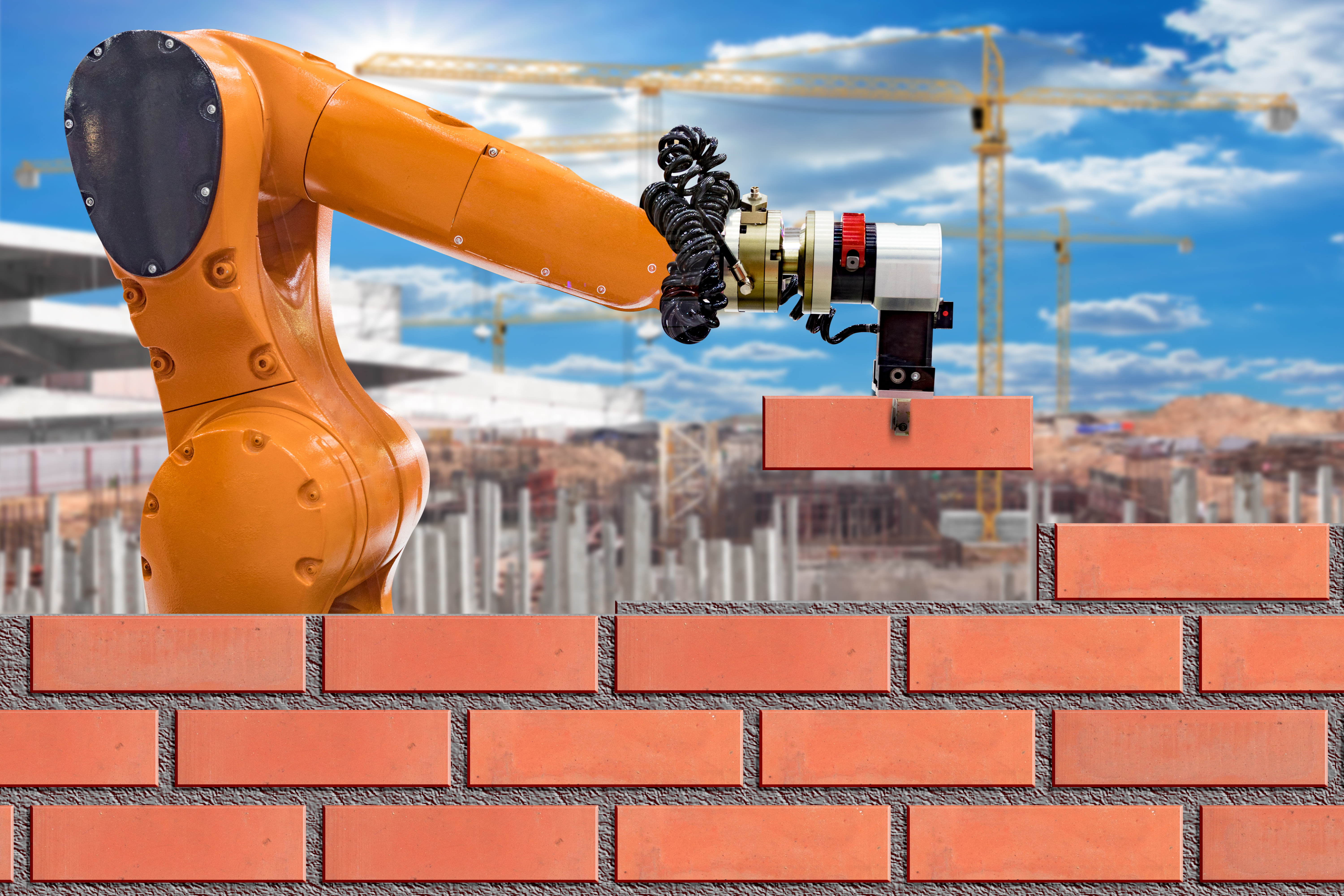Look at any city skyline and what familiar shape will you see?
Cranes. Big cranes, of all kinds and colours denoting scores of different owners and operators.
Imagine now if there was only one owner operator and that was Google, or even Tesla.
The world and its industries have been reinvented by the collection and use of data, all with a view to improving efficiencies, eliminating waste and enhancing society.
The collection, analysis and reuse of construction data in the infrastructure business is, according to many experts, woeful.
Still, the same old story appears time and time again of major projects being late, over-budget and under-appreciated. The industry knows it has a poor reputation with the public, yet seems to want to do nothing about it.
It doesn’t take more than a few moments of thought to see how far the infrastructure world has failed to embrace the electronic age compared with other industries – medicine, say or the media – which have been transformed by the innovative use of data and technology.
Driverless trains
The biggest hotelier in the world – AirBnB – has no hotels. The largest retailer in the world – Amazon – has no shops. We have has driverless trains for years and robots on production lines for decades.
Yet in construction, and its associated professions, the take up of data-driven technologies has been less than prolific. Architects’ offices are still piled high with reams of paper rolls of plans, surveyors still use theodolites and cranes still mostly have drivers, for now at least.
And this is, by way of comparison to another industry, 24 years after the first Boeing 777 took to the air. It was designed without a single piece of paper and every technical detail you need to know about the aircraft was contained on seven DVDs.
Cranes are the first step in a multi-lateral assault of data-driven technologies on the infrastructure industry and there appears to be no limit to potential developments in data-driven innovation – other than the will to embrace them.
Hard-hitting
In Modernise or Die, a hard-hitting and wide-scale review of the construction industry in 2016, its author Mark Farmer wrote: “I am very clear that if we do not address in short order how the construction industry operates and delivers, we will see a long-term and inexorable decline in its fortunes.”
The 80-page report, commissioned by the Construction Leadership Council, is particularly damning in its message on the industry’s indolence on adoption of innovation. “The acceleration of the wider digital revolution combined with a shrinking traditional construction workforce are two issues I would highlight as being critical to the future fortunes of the construction industry.”
The docks at Thames Gateway have driverless, robot cranes as there are in trials at the massive Rotterdam container terminal, among others. By the end of this year the small northern Chinese port of Caofeidian will be fully robotic with cranes, tractors and trucks all driverless and controlled centrally.
The system has been devised by a US-China start-up called TuSimple which specialises in driverless trucks. These ‘talk’ to the driverless cranes and pedestrians are banned from the areas where they work in order to increase efficiencies further.
Being contained within a small area with predictable traffic – hence the exclusion of pedestrians – makes ports an ideal place for the data-driven transformation.
But while it is known that Volvo, JCB and Caterpillar are among the big names to be developing autonomous construction vehicles three is nothing operational as yet on the horizon.
Cue the SAM 100 (Semi-autonomous Mason), the invention of New York-based outfit Construction Robotics.
‘Tenderer’
A human bricklayer can lay 300-600 bricks in am eight-hour shift, SAM 100 can lay more than 3000. Though it still requires a ‘tenderer’ to keep it fed and two more guys to monitor, SAM reduces waste, increases accuracy and productivity and doesn’t require a tea break. One downside may be the USD500,000 unit price.
SAM is not alone – Australian firm Fastbrick has another innovation. A truck-based robotic arm called Hadrian X which can ‘print’ a house using blocks 15 times larger than a regular brick.
Further still into the data-driven construction future is the arrival of 3-D printing.
Construction giant Skanska has already deployed 3-D printing to produce a cladding shroud on top of the 6 Bevis Marks construction in the City of London.
A start-up based in Austin, Texas, ICON, has found a way to produce and is not actively marketing small, sustainable 650-sq ft homes made from concrete with a massive 3-D printer.
Sustainable housing
With an estimated 1.2bn people living in cities without affordable or sustainable housing, a company that can build a small home in 24-hours for USD10,000 may well have a solution. A similar, prototype 3-D robot is being tested in Russia for the mass production of small independent homes for even less.
All of these innovations and many more are built on and run off historic and real time data.
Data is routinely discarded as soon as a project is completed – lessons learned are not heeded because the industry goes straight back to what it has always done before – an attitude of ‘if it ain’t bust, don’t fix it’.
Yes it is, says Peter Jarman, former superintendent of works at Crossrail, Europe’s largest infrastructure project.
He says: “Modernise or Die as a document is two years old and what has happened since?

